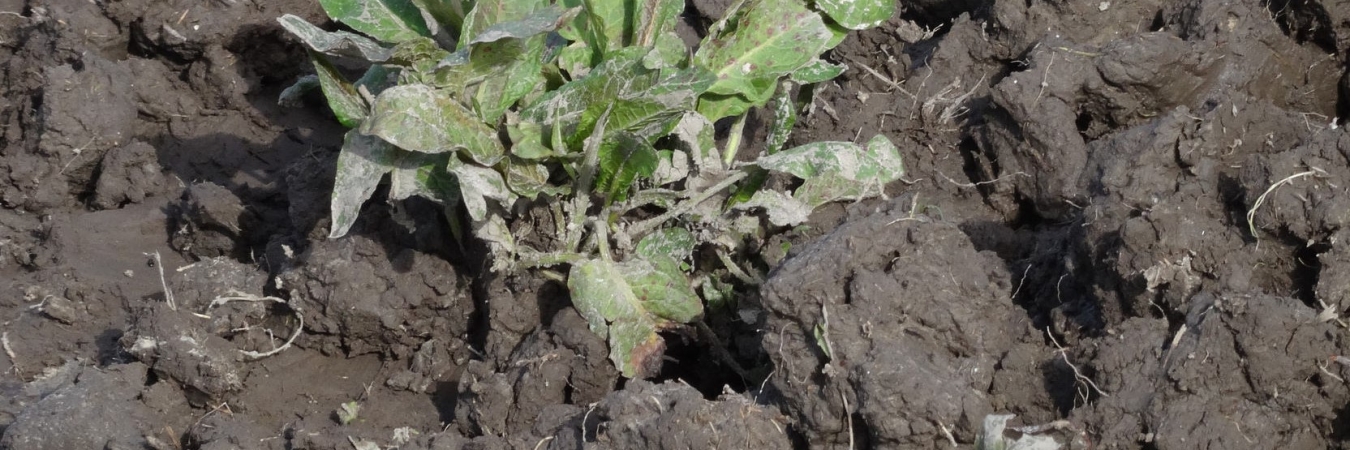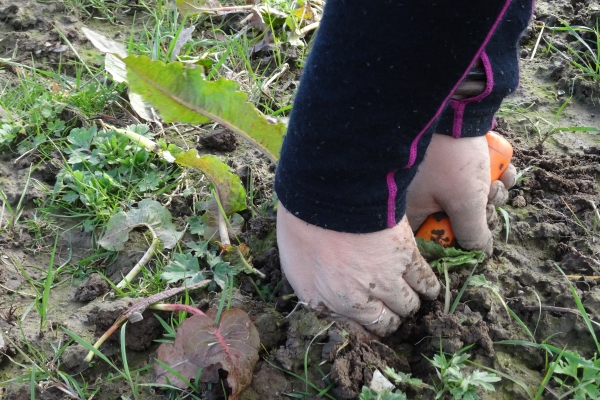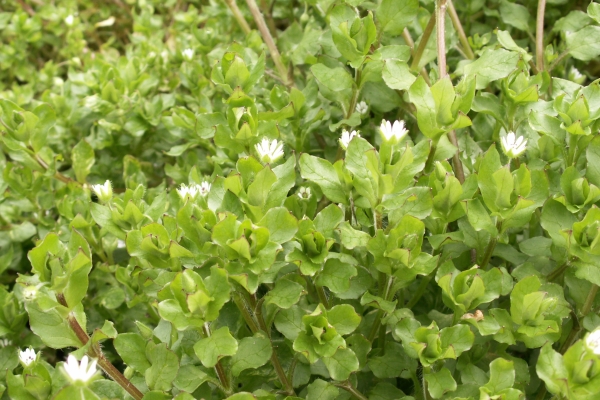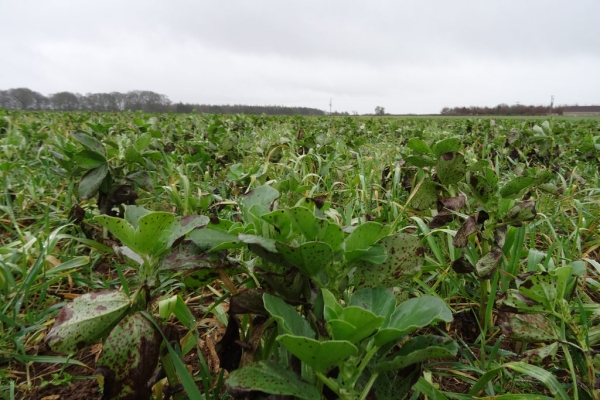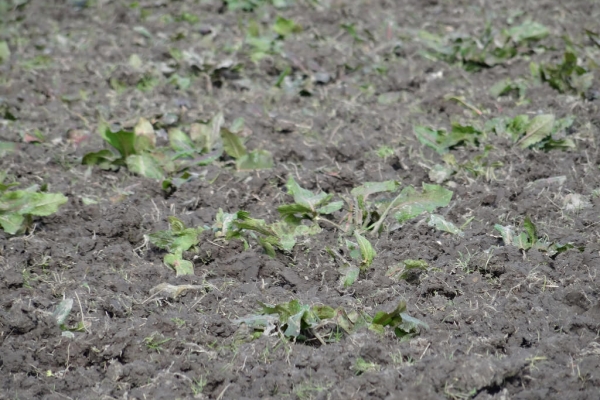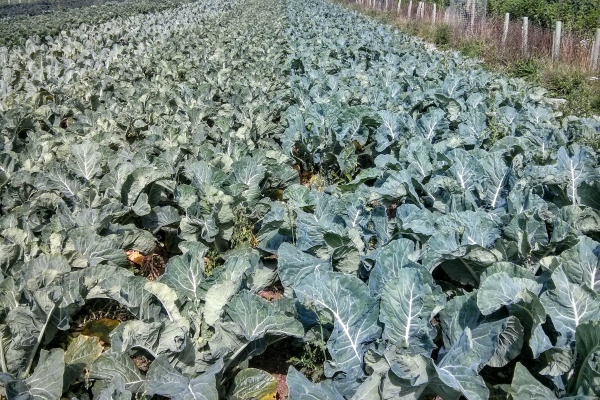Weed Control in Grass and Forage Crops
Resource explained
Weeds in grassland and forage crops impact on your profit margins by affecting forage quality, sward life, and animal performance, reducing yield, palatability, and your grazing area. This factsheet outlines management tactics for some common grassland/forage crop weeds (including information on effects, how they are spread, and ways of preventing establishment and spread). Weeds included are:
- Docks
- Thistles – creeping and spear
- Chickweed
- Ragwort
- Buttercup
- Bracken
- Nettles
- Charlock
- Fat hen
- Redshank
It explains that land managers are legally required to control injurious weeds such as ragwort, dock, creeping and spear thistle, and summarises concerns regarding weed control i.e. changing weather patterns and concern over herbicide use. Increases in rainfall and temperature can encourage weed establishment through a longer growing season and poached ground, this can also make control more difficult. There are growing concerns over herbicide use from producers and consumers based on environmental impacts and herbicide resistant weeds.
Findings & recommendations
- Prevention is better than cure. Once weeds are established they are much harder to control.
- Weeds can be minimised and prevented through good soil management (structure, pH, and nutrient status) combined with cultural controls including grazing/cutting management (topping and alternating silage and grazing) and sound crop rotation.
- Weeds reduce yield and increase forage rejection. Generally, a 1% weed ground cover results in 1% reduction in grass dry matter.
- Creeping thistle has a 30cm ‘no-graze’ zone, and can cause orf infection.
- Some weeds (ragwort, bracken, chickweed, charlock and redshank) can be poisonous to livestock.
- Most weed plants are spread through seeds, some (creeping thistle, buttercup, nettle, bracken) through roots/runners.
- Topping before plants can flower and set seed helps control thistles, docks, buttercups, bracken and nettles. Topping will not control chickweed because the plants flower close to the ground. Ragwort should never be topped as it increases palatability.
- Cultivate deeply and repeatedly to destroy the root systems of thistle, docks, nettles and bracken. Collect up the roots to prevent regrowth.
- If you use herbicides, they should always be integrated with good husbandry and cultural control (when spraying ragwort, remove stock for at least one month because the wilted plants become more attractive to livestock).
This document is also available in Welsh and can be accessed here:
Weed Control in Grass and Forage Crops – Welsh version.pdf
Access ‘Climate Change and Crop Pests, Weeds and Disease: A Concern for Today and Tomorrow?’, also by Farming Connect in English and Welsh here:
N.B. This resource contains information that is not compatible with organic standards and includes references to herbicides. However, the information about the effectiveness of non-chemical control methods is potentially useful for all farmers.
